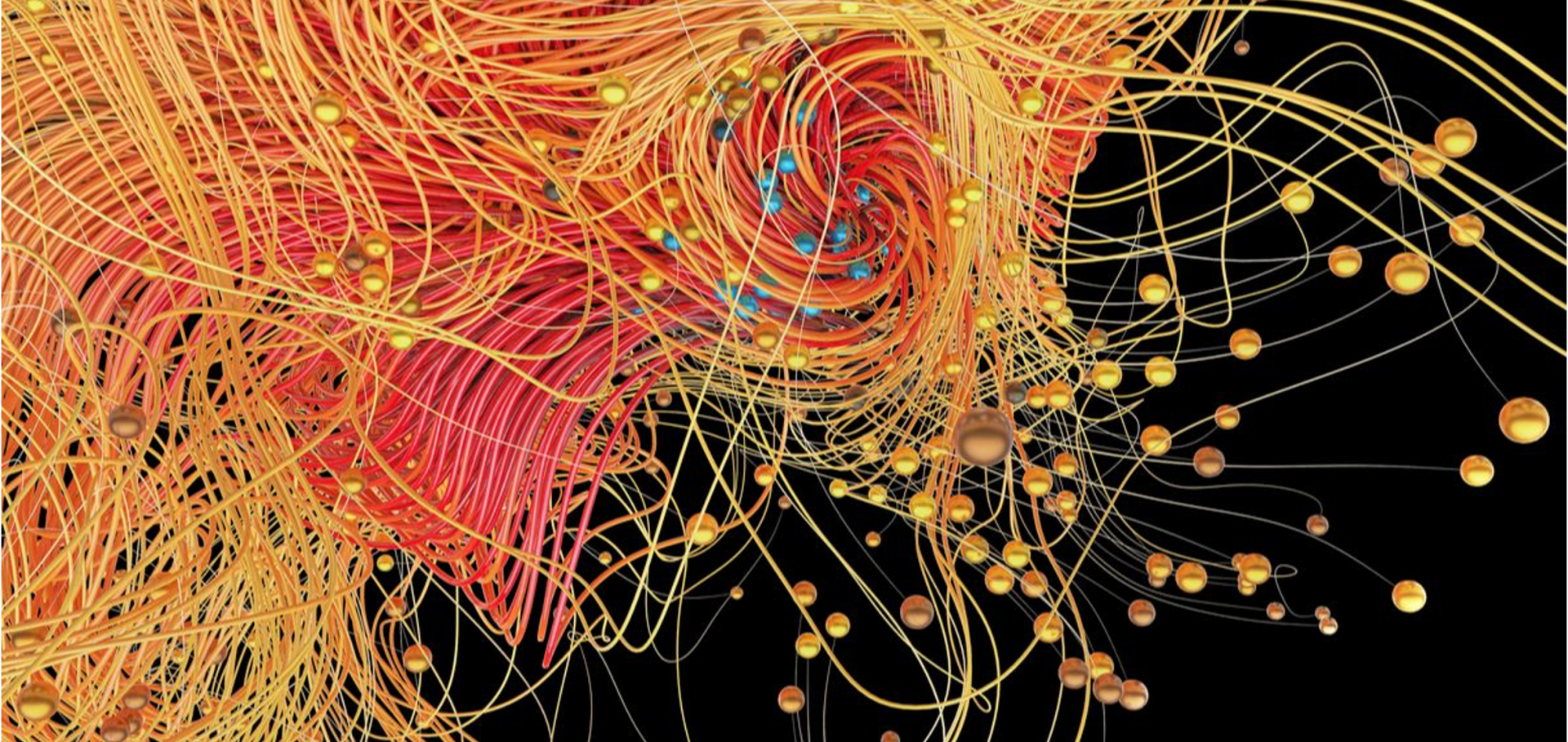Multiferroicity and spiral magnetism in FeVO$_4$ with quenched Fe orbital moments
ArXiv 0812.4429 (2008)
Abstract:
FeVO$_4$ has been studied by heat capacity, magnetic susceptibility, electric polarization and single crystal neutron diffraction experiments. The triclinic crystal structure is made of \emph{S}-shaped clusters of six Fe$^{3+}$ ions, linked by VO$_4^{3-}$ groups. Two long-range magnetic ordering transitions occur at T$_{N1}$=22K and T$_{N2}$=15K. Both magnetic structures are incommensurate. That stable below T$_{N1}$ is collinear with amplitude modulated moments whereas below T$_{N2}$ the arrangement is non-collinear with a helicoidal modulation. Below T$_{N2}$, \fevo becomes weakly ferroelectric coincidentally with the loss of the collinearity of the magnetic structure. We conclude that \fevo provides another example of frustrated spiral magnet similar to the classical TbMnO$_3$ compound. However, \fevo has quenched orbital moments and a particular structure clarifying the respective role of anisotropy and magnetic frustration in this type of multiferroic materials.A calorimetric study on the low temperature dynamics of doped ice V and its reversible phase transition to hydrogen ordered ice XIII.
Phys Chem Chem Phys 10:41 (2008) 6313-6324
Abstract:
Doped ice V samples made from solutions containing 0.01 M HCl (DCl), HF (DF), or KOH (KOD) in H(2)O (D(2)O) were slow-cooled from 250 to 77 K at 0.5 GPa. The effect of the dopant on the hydrogen disorder --> order transition and formation of hydrogen ordered ice XIII was studied by differential scanning calorimetry (DSC) with samples recovered at 77 K. DSC scans of acid-doped samples are consistent with a reversible ice XIII <--> ice V phase transition at ambient pressure, showing an endothermic peak on heating due to the hydrogen ordered ice XIII --> disordered ice V phase transition, and an exothermic peak on subsequent cooling due to the ice V --> ice XIII phase transition. The equilibrium temperature (T(o)) for the ice V <--> ice XIII phase transition is 112 K for both HCl doped H(2)O and DCl doped D(2)O. From the maximal enthalpy change of 250 J mol(-1) on the ice XIII --> ice V phase transition and T(o) of 112 K, the change in configurational entropy for the ice XIII --> ice V transition is calculated as 2.23 J mol(-1) K(-1) which is 66% of the Pauling entropy. For HCl, the most effective dopant, the influence of HCl concentration on the formation of ice XIII was determined: on decreasing the concentration of HCl from 0.01 to 0.001 M, its effectiveness is only slightly lowered. However, further HCl decrease to 0.0001 M drastically lowered its effectiveness. HF (DF) doping is less effective in inducing formation of ice XIII than HCl (DCl) doping. On heating at a rate of 5 K min(-1), kinetic unfreezing starts in pure ice V at approximately 132 K, whereas in acid doped ice XIII it starts at about 105 K due to acceleration of reorientation of water molecules. KOH doping does not lead to formation of hydrogen ordered ice XIII, a result which is consistent with our powder neutron diffraction study (C. G. Salzmann, P. G. Radaelli, A. Hallbrucker, E. Mayer, J. L. Finney, Science, 2006, 311, 1758). We further conjecture whether or not ice XIII has a stable region in the water/ice phase diagram, and on a metastable triple point where ice XIII, ice V and ice II are in equilibrium.Atoms and spins in novel multiferroics: a new twist to an old relation
Acta Crystallographica Section A: Foundations and advances International Union of Crystallography (IUCr) 64:a1 (2008) c11-c11
Computation of diffuse magnetic neutron diffraction single-crystal patterns
Acta Crystallographica Section A: Foundations and advances International Union of Crystallography (IUCr) 64:a1 (2008) c224-c224
The incommensurate magnetic structure of YMn2O5: a stringent test of the multiferroic mechanism
(2008)



